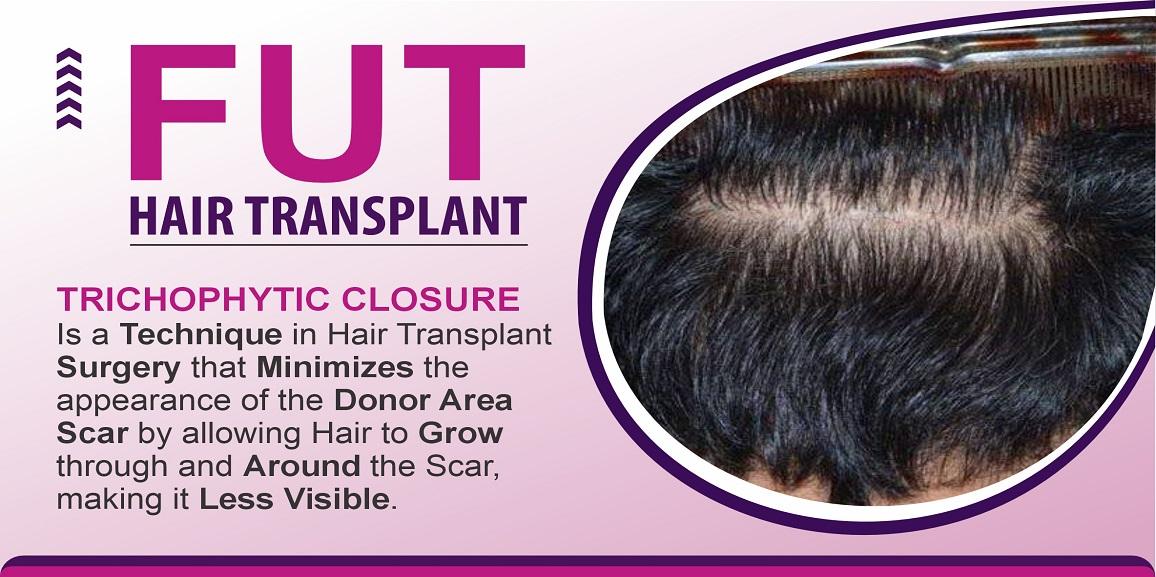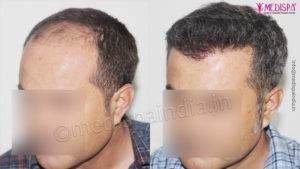
It is true that advances are being made in every area of medicine to make the treatments you receive more advantageous. The field of hair transplantation and other cosmetic operations is comparable in that developments have brought them closer to achieving the perfection that these procedures seek.
In a similar vein, as medicine advances, patients’ needs also rise, and even those with severe baldness increasingly seek for high density hair transplants. With today’s sophisticated and creative methods, it is definitely feasible to achieve the kinds of achievements that were previously unattainable with outdated techniques. The development of sophisticated procedures has made it feasible to create a hair transplant that also looks natural. Thus, every effort has been made to provide you the most amazing results possible through this treatment.
Hair transplant in Jaipur has transformed the hair transplant industry in India by offering exceptional results and setting the standard for the industry. However, did you know that hair transplant cost in Jaipur is quite reasonable in addition to the city’s thriving industry? Medispa Hair Transplant Clinics is the only facility that ranks #1 in Jaipur for hair transplants. We are the ones that provide hair transplants with remarkable outcomes. Our goal has always been to provide each patient with amazing hair transplants and smiles.
What methods are available for hair transplantation?
Two approaches can be used to do hair transplantation: hair replacement (FUE and FUT)
Usually, a section of skin from the back and sides of the head is removed during FUT hair transplantation. After that, the strip is taken to a lab for further dissection in order to extract each hair transplant. Under high magnification, the harvested hair transplants are implanted in the designated bald region. A unique trichophytic closure approach is used to seal back the donor area. Approximately 3000–3500 hair transplants were effectively obtained with this process.
During a FUE hair transplant, single hair grafts are harvested using punch surgical tools. To properly and non-damagingly recover the solitary hair follicle, the punch is inserted into the donor area’s epidermis at a certain angle. Every hair transplant that is taken out by tugging gets a little fragile, therefore it must be removed from the body as soon as possible. This turns the technique into a blind procedure that might lead to a higher number of hair graft losses if carried out by unskilled hands. Using this technique, about 2000–2500 hair transplants might be obtained.
When is the right time to have a FUT hair transplant?
In a few circumstances, a FUT hair transplant might be the best choice. Let’s examine a few advantages of FUT hair transplantation.
- When there is significant hair loss and a large yield of hair follicles is needed, FUT hair transplantation is advised.
- FUT hair transplants are the ideal choice when a high-density hair transplant is necessary.
- FUT hair transplantation might be the best choice if there is not enough donor area since it can produce more hair grafts in a smaller region.
While FUE yields superior outcomes in certain situations, FUT may be a better option in many others. Undoubtedly, the finest operation for you would be recommended by a surgeon who is both trustworthy and knowledgeable. Visit the Medispa hair transplant clinic for an authentic and wonderful hair transplant.
What makes FUT better for hair transplants?
The FUT method has come a long way and currently offers several benefits over the FUE method, including the following:
- Because the FUT method yields more hair grafts, it is an excellent option for high-density hair transplants or treating severe baldness.
- This technique’s use of strip harvesting makes it possible to collect from a considerably smaller area, preserving the donor zone for use in subsequent sittings.
- By improving magnification of each graft during high magnification harvesting, the FUT method lessens harm to hair grafts.
The FUT procedure was once infamous for creating linear scarring in the donor site, but advancements in technology have essentially rectified this flaw. Trichophytic closure involves bevelling one side of the incision and allowing the wounds to overlap as they heal. This method, like FUE, allows the donor site to recover with almost undetectable scars.






